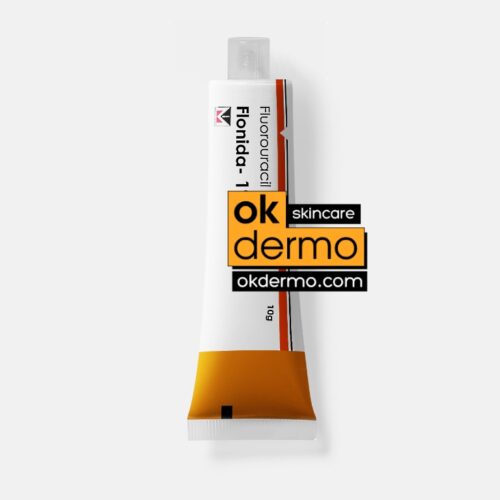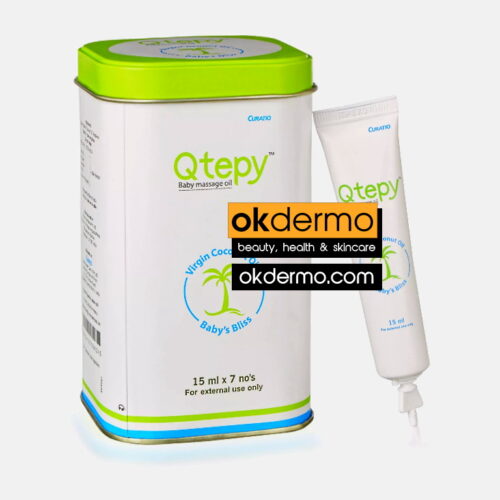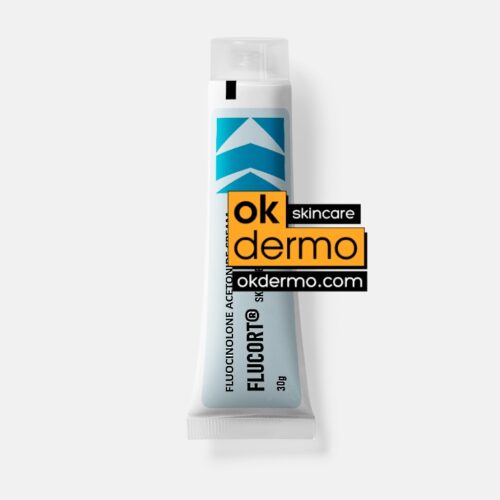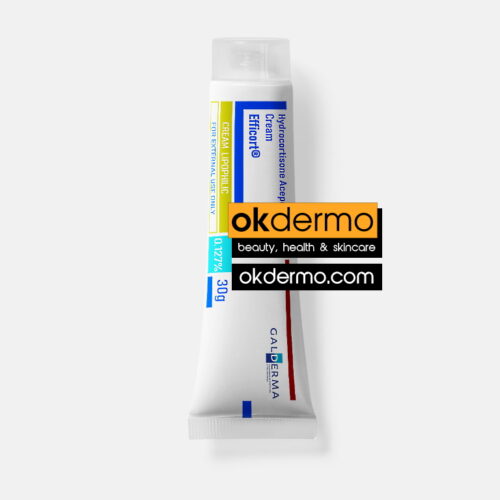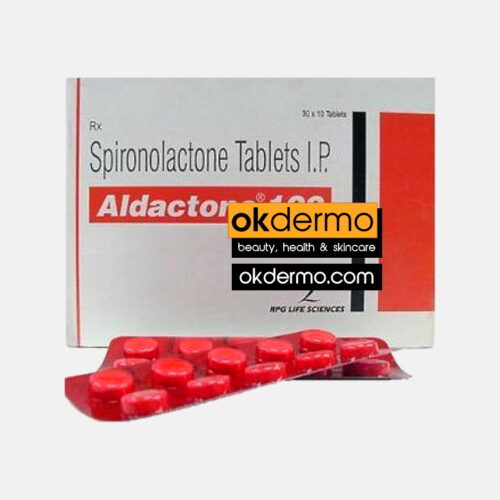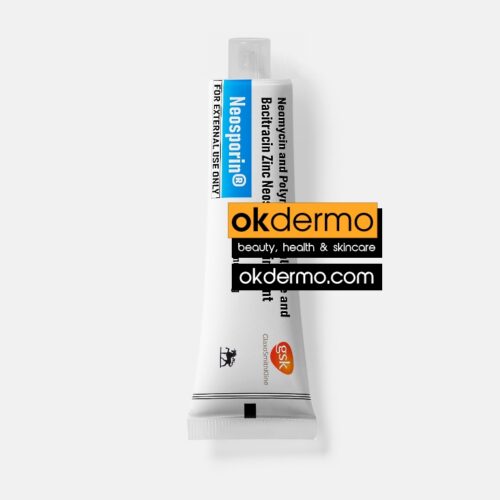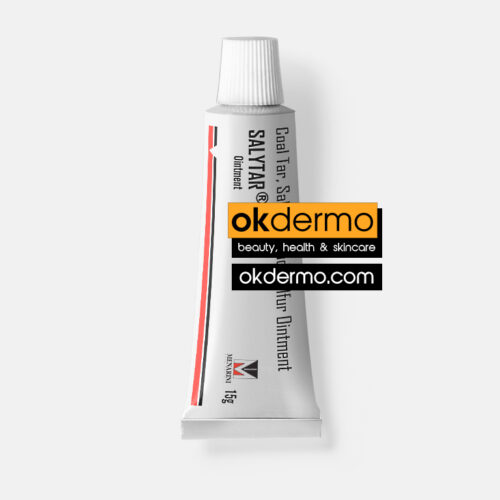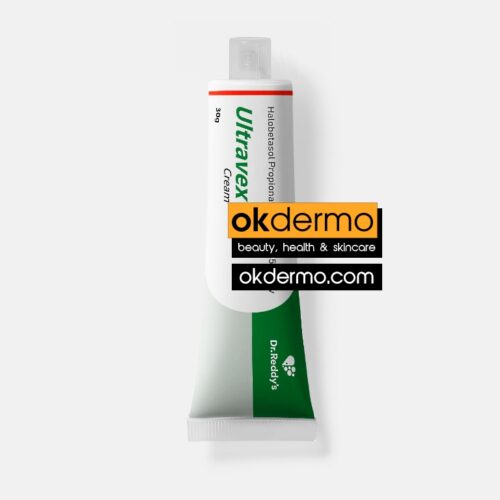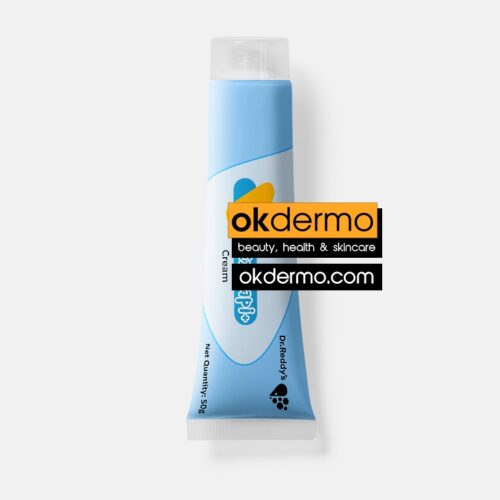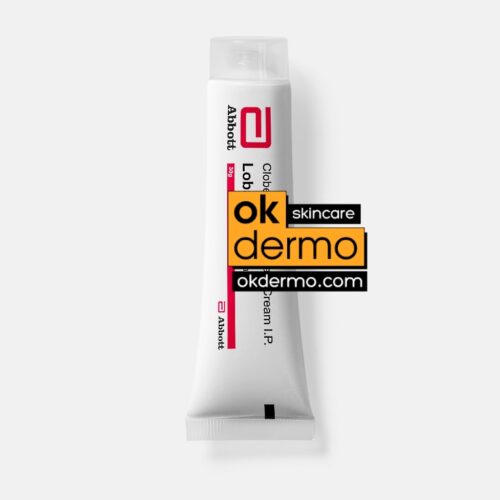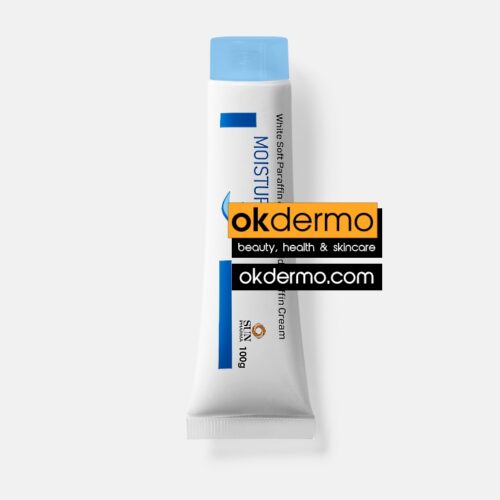Description
What is Dewderm® Cream?
When you have itchy, scaly skin, picking the right eczema cream is important. Two substances known to provide relief from eczema symptoms are lactic acid and urea. Moisturizers containing lactic acid and/or urea act as both exfoliants and humectants, which is what makes them especially useful as eczema cream.
Eczema also called atopic dermatitis, is a common inflammatory skin condition impacting about 11% of children and more than 7% of adults in the United States. The primary symptom is a scaly, itchy, inflamed rash.
People with eczema are believed to have a genetic mutation that weakens a protein called filaggrin in the epidermis (the outermost layer of skin). Filaggrin plays important role in creating a protective barrier that protects skin cells and keeps them hydrated. The lack of filaggrin triggers numerous changes in your skin:
- Higher-then-normal loss of moisture
- Abnormal build-up of dead cells that results in a scaly appearance
- A weakened barrier allows allergens to enter through the epidermis, which leads to an immune response and inflammation
To treat eczema, it’s important to remove dead cells and restore moisture, which is where exfoliants and humectants come in. Exfoliants remove dead cells from the surface of your skin. You may be most familiar with physical exfoliants, which are abrasive or gritty, and manually remove dead cells. Lactic acid is a chemical exfoliant, meaning that it isn’t abrasive. Instead, it helps loosen the bonds between cells and allows dry skin to be sloughed off.
Humectants help your skin retain moisture by binding with water molecules, drawing moisture from the second layer of skin (the dermis) to the epidermis, and holding it there. That helps keeps your skin from flaking, cracking, and chafing. Humectants also break down cellular proteins in a way that helps your skin rid itself of dead cells.
Because they (Urea 10% + Lactic Acid 5%) act as both exfoliants and humectants, lactic acid and urea have both been studied and found to be among the more effective moisturizers for eczema.
Lactic acid and urea are generally considered safe and effective for eczema, so it’s worth giving products that contain them a try. However, if they don’t work well for you, you do have a lot of other choices for improving your skin and controlling symptoms. Talk to your dermatologist about how different products have or haven’t worked and any negative reactions you may have had. They can guide you as to what treatments may be better given the details of your case.
How does Dewderm® Cream works
Dry skin results from a lack of water in the outer layer of skin cells known as the stratum corneum. When this layer becomes dehydrated it loses its flexibility and becomes cracked, scaly, and sometimes itchy. The stratum corneum contains natural water-holding substances, including urea, which retain water seeping up from the deeper layers of the skin. Water is also normally retained in the stratum corneum by a surface film of natural oil (sebum) and broken-down skin cells, which slow down the evaporation of water from the skin surface.
Dewderm® Cream contains two active ingredients, urea, and lactic acid. The urea penetrates the stratum corneum, where it readily absorbs and retains water. This increases the capacity of the skin to hold moisture and rehydrates the skin.
Lactic acid is known as a keratolytic. It breaks down keratin, which is a protein that forms part of the skin structure. In conditions such as chronic eczema, excessive amounts of keratin cause the skin cells to harden and makes the skin become thickened and scaly. Lactic acid breaks down the keratin in the hardened and thickened skin, helping to shed skin cells from the area to which it is applied and soften and improve the appearance of dry, scaly skin. This action also improves the ability of the Urea to penetrate the skin and rehydrate it.
Dewderm® Cream is formulated with a moisturizing base that also helps prevent water from evaporating from the surface of the skin. This reduces the dryness, scaling, and itching of skin conditions such as eczema.
How do I useDewderm® Cream?
- Was a dry the affected areas of skin before applying the cream.
- A thick layer of Dewderm® Cream should be applied to the dry, scaly areas of the skin. Leave the cream on for three to five minutes then gently rub it in. Any excess cream can then be wiped off with a tissue – don’t wash it off.
- Use the cream twice a day or as directed by your doctor.
- To treat dry, scaly skin on the feet apply Dewderm® Cream as above, after soaking the feet in warm water for 15 minutes and drying with a rough towel.
- Take care to avoid getting Dewderm® Cream in your eyes, mouth, and nose. The cream may cause stinging if applied to raw, cracked, split, or sensitive areas of skin. Do not apply it to inflamed skin or open wounds.
- If you find Dewderm® Cream stings when you apply it and this prevents you from using it, you can dilute it with an equal quantity of aqueous cream. Do this for a week and after this time you should be able to use it undiluted.
Main ingredients of Dewderm® Cream
Lactic acid is an alpha-hydroxy acid that can be derived from milk but is generally synthesized for skincare products. It’s also a natural component of healthy skin. With regular use, lactic acid exfoliates and speeds up cell renewal, which leaves your skin looking brighter and feeling softer. It also helps improve the process by which your skin keeps itself hydrated. Products containing lactic acid can also improve skin in ways not related to eczema, including:
- Firming the skin
- Fading sun spots or age spots
- Smoothing fine lines and wrinkles
Additionally, lactic acid is used in products that treat psoriasis, rosacea and combined with salicylic acid to treat several types of warts. Lactic acid reduces itching in eczema after the first use and restores skin barrier integrity. A review of moisturizers for eczema found some evidence that it shortened flares as well.
When you first start, it’s best to use a product that contains only 5% to 10% lactic acid. It can be irritating, especially at higher levels, if your skin isn’t used to it. If the product isn’t working as well as you’d like, you can gradually increase the strength until it has the desired effect, so long as your skin can tolerate it.
Throughout the use of these products, watch how your skin reacts so you don’t irritate it, follow the directions, and don’t go for too high a strength too fast. Also be aware of what other ingredients are in the product you choose, as they can alter your results. Simpler products make it easier for you to determine what is working – or working against you.
If your skin has uneven pigmentation and fine wrinkles in addition to dryness, you may want to look into professional lactic-acid-containing peels. Several treatments generally need to be done to get desired results. Talk to your dermatologist about whether peels or cream products are the right choices for you.
Urea, also called carbamide, is a natural component of healthy skin that’s synthesized for use in lotions and other skincare products. Urea draws water to your skin cells and keeps it there while softening the dry cells on the surface of your skin so you can shed them more easily. Regular use improves the barrier layer and helps epidermal cells regenerate more efficiently. It also has painkilling effects, which lessens the itchiness eczema can cause. When used in corticosteroid creams, urea allows the drug to penetrate more deeply than it can alone. Along with treating eczema, urea can help relieve symptoms of:
- Psoriasis and Contact dermatitis
- Onychomycosis (a fungal nail infection) and Athlete’s foot
- Seborrheic keratosis (a skin growth, also called basal cell papilloma or seborrheic warts)
- Dystrophic nails
Urea-containing cream improved dryness and led to fewer flares, and that it was superior to placebo in terms of overall skin improvements. Adverse events were generally mild and that these treatments are safe to use. A 14-day study comparing 40% urea cream to 12% ammonium lactate (lactic acid) found that the urea cream was superior in most of the areas measured, including:
- Skin roughness
- Fissure reduction
- Thickness
- Dryness
Concentrations of between 10% and 40% are commonly recommended for eczema. Some products combine urea with other active ingredients; make sure you read ingredient labels to check for anything you know can irritate your condition.


